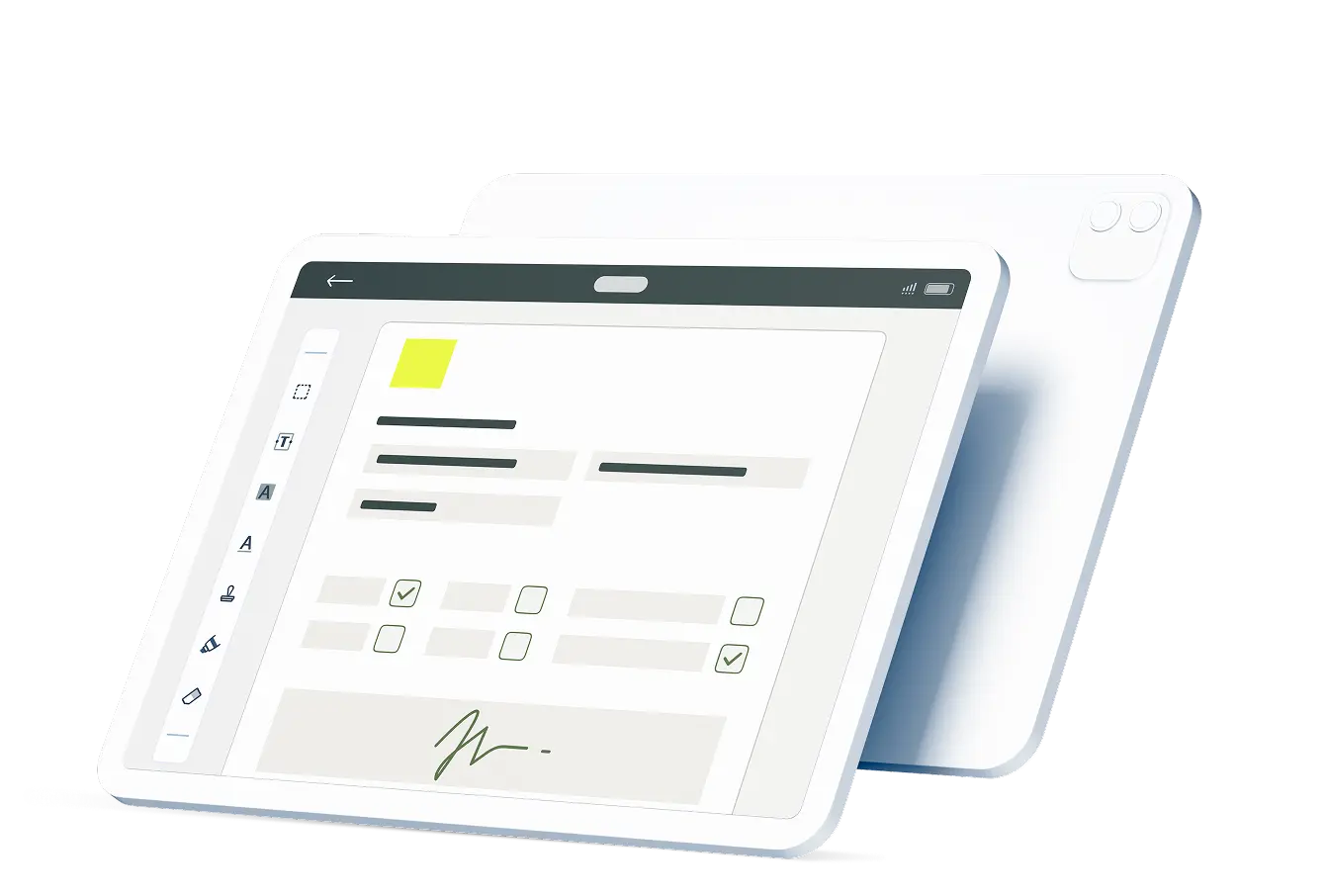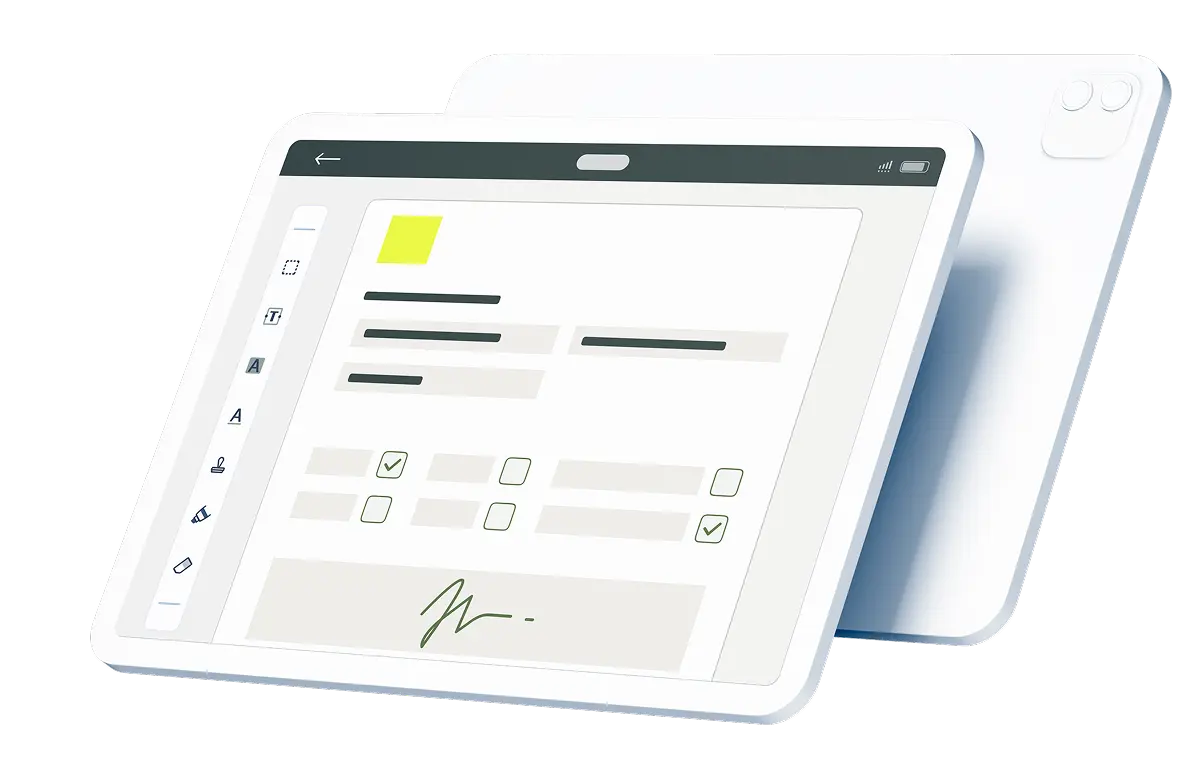When it comes to doing business, the delivery of documents, products, and other items for operational purposes is critical. The exchange of legal and financial documents is an important part of any organization’s operations. A consultant may send an invoice or bill to a client that must be reviewed, approved, and signed internally before payment can be issued. Parties in litigation may sign off on documents for the official resolution of a dispute. A supplier may send goods or products to clients as part of a one-time or continuous transaction. The means and methods of delivering these items are crucial, especially when time is of the essence.
Individuals and businesses have various means by which to send and receive the items needed for operations. Between the U.S. Postal Service, private shipping companies, couriers, electronic systems, and more, it’s important for you or your organization to have delivery options that are compatible with the way you work. In a functional and successful transportation management system, proof of delivery is also a critical factor. Whether you’re selling products or routing documents, you need to be able to verify whether the delivery was made and when.
Contents:
Confirming Delivery
Most delivery systems provide a way to confirm that something was sent and/or received. For example, you can expect a courier proof of delivery ticket or receipt when using a service to deliver files or products across town. Even email clients and text message apps provide confirmation that a message has been delivered, and in some cases, read.
Having documentation or proof helps cover both parties in an exchange. For this reason, it’s in your interest to also have your own proof of delivery form or template. Consider the following real-world scenarios where a delivery signature form or delivery note form benefits both the sender and the recipient:
Procurement
A government authority or public owner is soliciting bids and/or proposals for professional services for a new facility. The solicitation is posted online where anyone can see the required qualifications, forms, and proposal content that each respondent must provide. The owner indicates that all packages must be received at a local office no later than noon on a certain date. In the interest of fairness, any packages received after the deadline will not be considered.
Businesses that are responding to the solicitation need proof of delivery so that their submissions won’t be disqualified or thrown out. The owner similarly needs proof of delivery, confirming that submissions to be reviewed met the deadline requirements. It’s in the interest of all parties to have a delivery record template to use for such a scenario.
Materials and Supply Chain
A construction crew is scheduled to pour concrete for a parking lot on a certain day. The superintendent has arranged with a local concrete plant to deliver a specific volume to the project so that the crew can complete the scope of work for that day. According to the project specifications, concrete must be poured within 90 minutes after batching. Each truck driver carries paperwork that shows the date and time when the concrete was made. At the site, the foreperson signs that paperwork noting the time that the concrete pour begins.
Sometime later, it is observed that the poured concrete is not performing as expected. The inspector and engineer suspect it’s because the concrete was poured later than 90 minutes. The material ticket, which acts as a delivery signature form or similar to a courier proof of delivery, provides a record of what was delivered and when.
Construction Management
A construction company has entered a contract with an owner to build a new bridge. Although the engineer of record has specified various requirements for materials, it’s up to the contractor to choose a supplier. The contractor must submit samples or product specs to the engineer and receive approval in writing before installation. Per the contract, the engineer has up to seven business days to thoroughly review the submittal and provide a response. If the seven days transpire without a response, the contractor may install said items as per plan. The contractor is on a tight schedule and a delay in the installation will affect the entire project.
As of day 8, there has been no response from the engineer and the contractor proceeds to order the material. On day 9, the engineer completes the review and rejects the submittal, citing that the contractor’s selection is deficient and out of spec. The contractor wants to be compensated for ordering insufficient materials and the project delay because the engineer did not complete the review in the seven-day window. The engineer asserts that the submittal was received later, and the rejection is within the expected timeframe. Whether the submissions were made electronically or by hand, proof of delivery for both the contractor and the engineer could help resolve this issue.
Building a Delivery Record Template
When creating a delivery record template, whether a paper or electronic system, you’ll need to create one that is specific to your operational needs. Your organization may require multiple templates based on the nature of the delivery. Most proof of delivery documents should include the following information:
- Reference number: This is a reference code that helps identify the assets or items that are part of the delivery. This could be an order number for products of sale, an item code for construction materials, or some other control number that is unique.
- Sender information: As an official, legal document, be sure to include identifying details such as company name, address, logos, and contact info. This shows where the delivery came from and who should be contacted if there’s a problem.
- Recipient information: Shipping addresses and other recipient details should also be shown. This is critical for tracking down missing items and verifying that the delivery was made to the right place.
- Billing details: For deliveries that are sale transactions, payment information should be included.
- Item delivery description: Items in the delivery should be specified. Consider creating forms that provide space for the full name, units, unit prices, quantities, subtotals, and totals. This information also helps to confirm that the right products, materials, equipment, etc. were included in the delivery.
- Date and time: No proof of delivery is complete without date and time information.
- Confirmation: Include space for signatures as well as a photo of the completed delivery.
The Fluix platform provides a cloud-based solution to support the creation and implementation of a delivery record template. It is a lightweight yet powerful approach to work processes in various applications, including managing proof of delivery. Usable on various devices, Fluix boosts your operations with workflow automation, data reporting, building and filling out forms, and electronic signing, among others. Explore your options for managing and confirming deliveries with a free, no-obligation two-week trial today.

